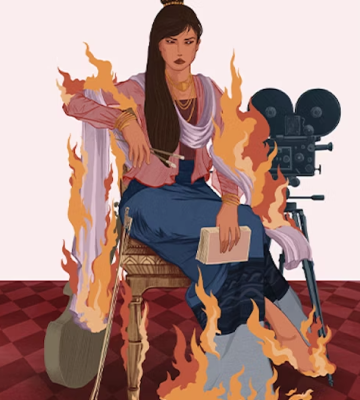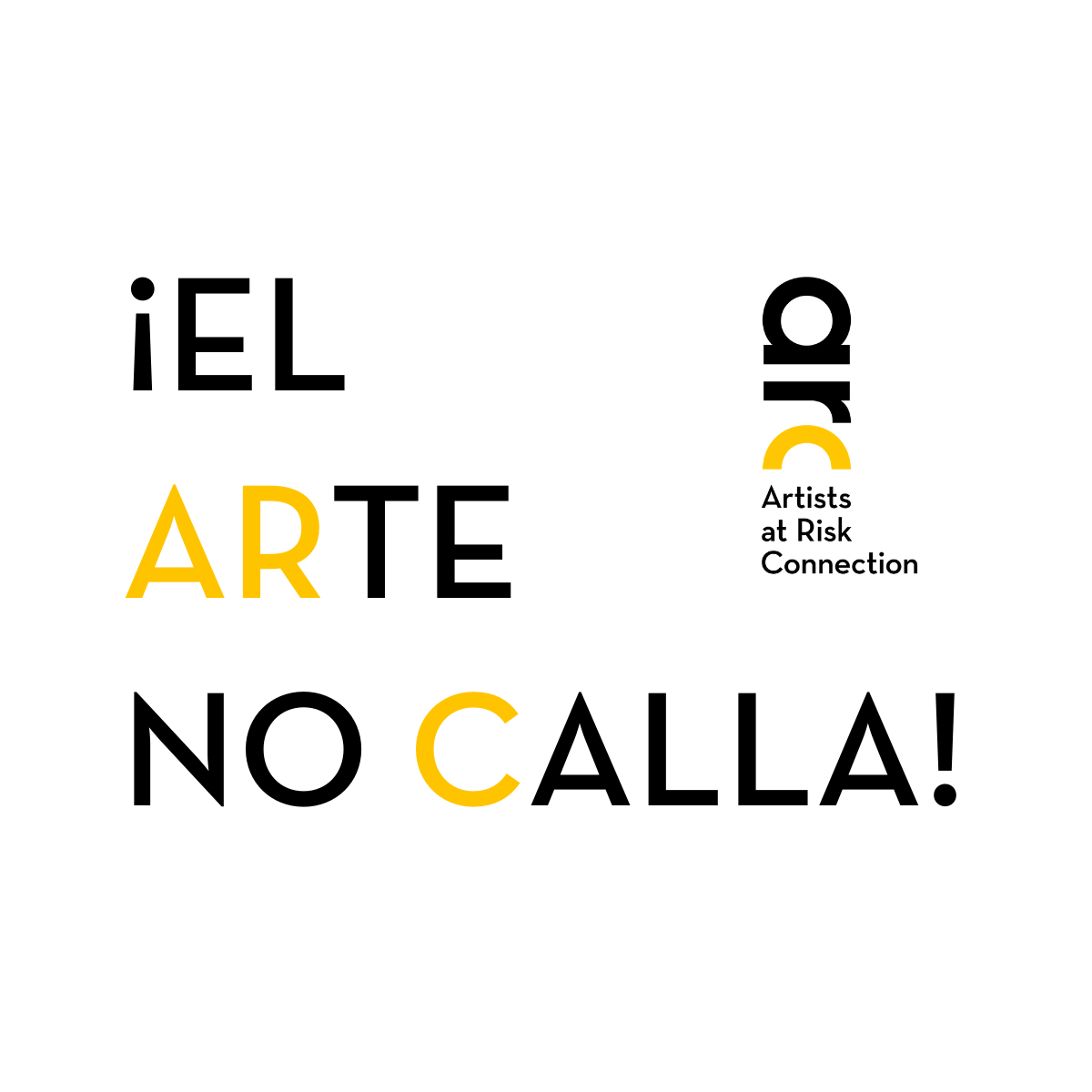Anastasiya Sukhareva-Morozova
Ceramic Artist, Photographer, Sculptor
Russia
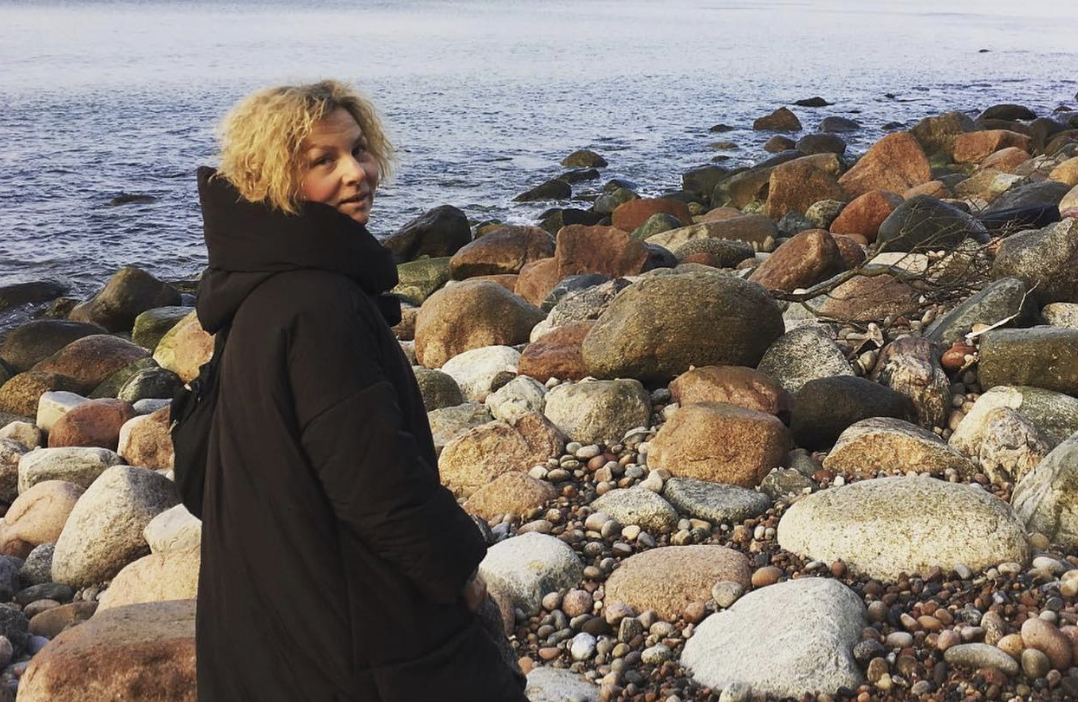
Born in Zelenograd, Russia, Anastasiya Sukhareva-Morozova (@sukhareva.morozova) is a multidisciplinary contemporary artist currently living and working in Paris, France. After initially pursuing an education in IT, she graduated from the Institute of Contemporary Art (ICA) in Moscow in 2020.
Her art serves as a form of research and a plastic experiment, guiding viewers through the intersection of anthropology and sculptural form. Sukhareva-Morozova often works with ceramics, encouraging her audience to engage with significant themes while allowing them to discover their own interpretations.
She has participated in exhibitions across Russia, France, Italy, Sweden, and Denmark, showcasing a body of work that includes sculpture, installations, video, and photography. Her works are included in collections such as the Luciano Benetton Foundation in Italy and private collections in Russia, Italy, Sweden, Norway, and the USA.
In her work, she explores the boundaries between hauntology and history and questions the consequences of nuclear power.
ARC Interview with Anastasiya Sukhareva-Morozova
– How did you make the decision to leave? Was it difficult to make that decision?
My husband and I had been making this decision since 2014. It was then that I realized that Russia was capable of war. In the spring of 2014, we were in Barcelona, watching on television as Russians entered Crimea, and from a distance, it was very clear that something truly terrible was happening. I understood that we needed to leave. Upon returning, I started to talk a lot about how Crimea is not ours, especially to my students—adults who attended my workshops. The people were very different, and I discovered that some believed Russia was on the right path. I began to volunteer a lot, working with a group called “Violence.net,” particularly when they did not pass the domestic violence law—I realized that horizontal connections are very helpful. It was then that I started to feel that I could communicate with my kind of people, to live in my own bubble. I thought maybe I couldn’t do something big or change the country, but I could do small things to help someone.
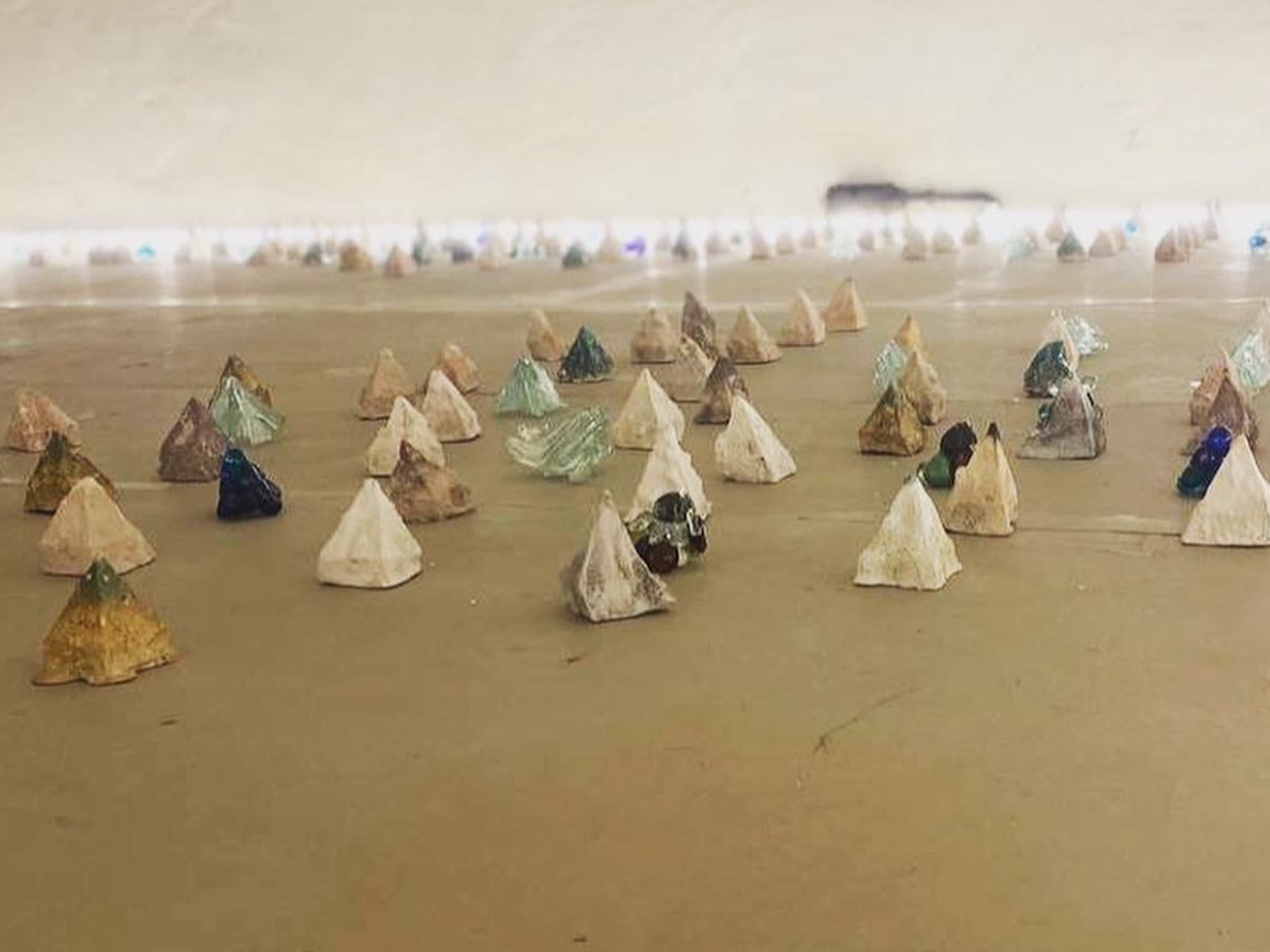
The sculpture is made of about five hundred elements, consisting of glass and modified foam, laid out on the floor. A special lighting rig is used to highlight the piece. This sketch is rough and based on the exhibition with this material already shown at the beginning of the war. The exhibition was dedicated to the anti-war resistance in Russia. I had been working on this project in March/May 2022, in the early days of the war while I was waiting for a response to my many requests for volunteer work. During this time I was also participating in street protests, in the Feminist Anti-War Resistance activitys, searching for understanding what else could I do and how else I could tell no to war. Surprisingly, I never got caught by the police for my anti-war actions, so I decided to make an exhibition dedicated to resistance.
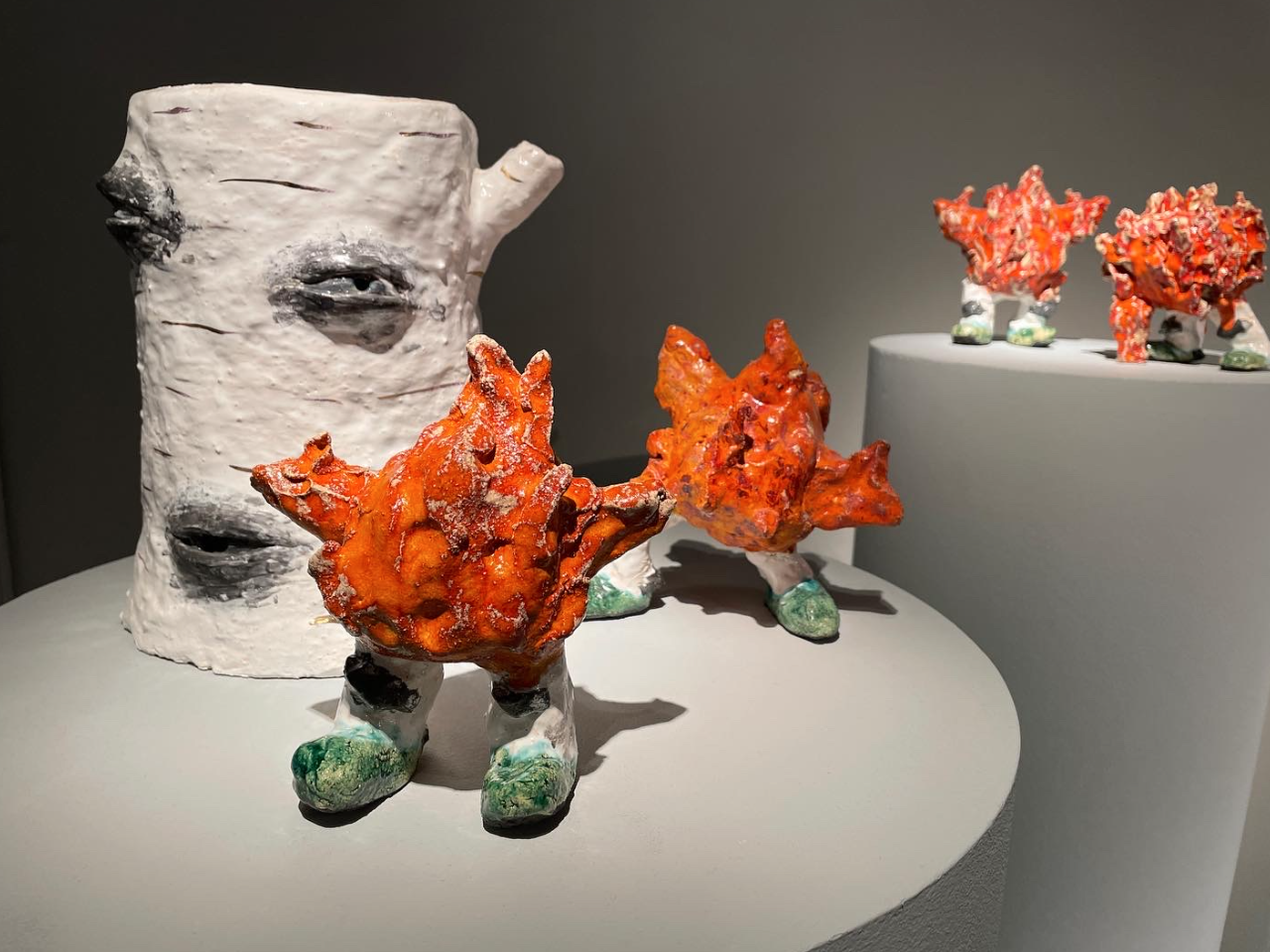
Apocalyptic sentiments go hand in hand with any crisis, war, or epidemic. New media have elevated the visibility of such events and enabled large swathes of the audience to follow the developments closely. A recent coinage from the 2020 pandemic year, ‘doomscrolling’ describes the widespread phenomenon of obsessive reading of negative news online. The introduction of a new term highlights the impact on people that comes from broadcasting of catastrophes and disasters. For a person caught in the middle of events or constantly monitoring them, there is no distinction between the present and the dark past, and there is no way to plan for the future, which can only be imagined.
– What changed in February? Do you remember that feeling—what it’s like to live in a Russia that is waging war?
In February 2022, my bubble burst—there was suddenly a lot of fear around me. I continued to say that war is monstrous, that I disagree, that this cannot happen, and at the same time, I saw people being afraid, with my students stopping coming to me—some out of fear and others because they disagreed. A woman I went to for beauty treatments called me a sectarian. I started volunteering for the Feminist Anti-War Resistance. I was putting up anti-war flyers in a way that nobody would see and wiping my fingerprints off them—by that time, a law had been passed under which one could be imprisoned for such flyers. The thought that all our taxes would go toward the war was unbearable. The feeling that persecution was intensifying kept growing. In May 2022, artist Danila Tkachenko attempted to carry out his action involving colored smoke. According to his plan, on Victory Day—a state holiday in Russia, essentially usurped by Putin—colored smoke, yellow and blue like the Ukrainian flag, was supposed to billow from an apartment on Tverskaya Street. Danila prepared everything and left the country, but the action was thwarted by the police. A friend of Danila’s, Grigory Mumrikov, was arrested and spent nearly a year in custody. Tkachenko was a friend of mine and a neighbor in the studio. People from our immediate circle began to be called in for questioning, searches, and surveillance. In short, the anti-war art community was living in that kind of atmosphere—an atmosphere of repression.

One definition of “indoctrination” is “teaching someone doctrine without developing critical perception.” The main difference between indoctrination and learning is that indoctrination describes an object as a subject, while learning suggests viewing something dispassionately and, literally, objectively.

Monument to burnout.


